Many American innovators and inventors of color have never received the respect and recognition they deserve.

Onesimus: inoculation, 1716
An enslaved West African man called Onesimus pioneered vaccination in America after passing on age-old knowledge in 1716 of a method of smallpox inoculation to Cotton Mather, the Puritan minister who had purchased him a decade earlier. Together with a local doctor, Mather successfully put Onesimus’ method to the test during a smallpox outbreak in Boston in 1721, paving the way for mass inoculation and British physician Edward Jenner’s creation of the first vaccine in 1796.
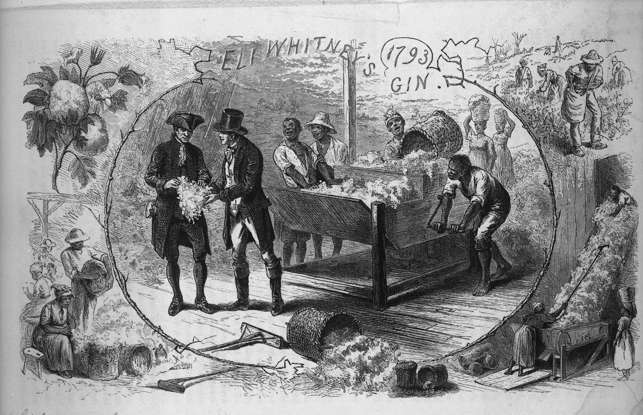
Sam and his father: cotton gin, 1793
Enslaved African-American innovators were rarely recognized for their achievements, with their White owners often taking the credit. Eli Whitney is lauded for the invention of the cotton gin, a seed-removing machine which revolutionized the production of cotton, but the farmer and teacher actually got the idea from an enslaved man named Sam, whose father invented a cotton seed-removing comb.

Thomas Jennings: dry cleaning, 1820
Enslaved African-Americans were barred from holding patents, meaning only free Black people could own and gain financially from their inventions. A freedman, Thomas Jennings, was the first African-American patent holder. Jennings invented dry cleaning in 1820, was granted a patent the following year and used the money he’d earned from the invention to buy the freedom of enslaved relatives, as well as support abolitionist causes.

Jo Anderson: mechanical reaper, 1831
Similar to the cotton gin, the mechanical reaper transformed agriculture around the world. It is also credited to a White innovator, the businessperson Cyrus McCormick, but as is the case with the cotton gin the reaper was co-invented by an enslaved African-American, in this instance a man called Jo Anderson, who worked closely with McCormick on the 1831 innovation.

Benjamin Montgomery: improved steam propeller, 1850s
Born into slavery, Benjamin Montgomery invented a steam propeller in the 1850s that could operate effectively in shallow waters, but as an enslaved person he was cruelly denied a patent for his innovation. Montgomery did, however, become successful and influential. After his freedom was granted after the Civil War, the inventor ran a popular local store, which eventually gave him enough money to purchase the plantation he had worked on. Montgomery amassed further wealth and was the first African-American official elected in Mississippi.
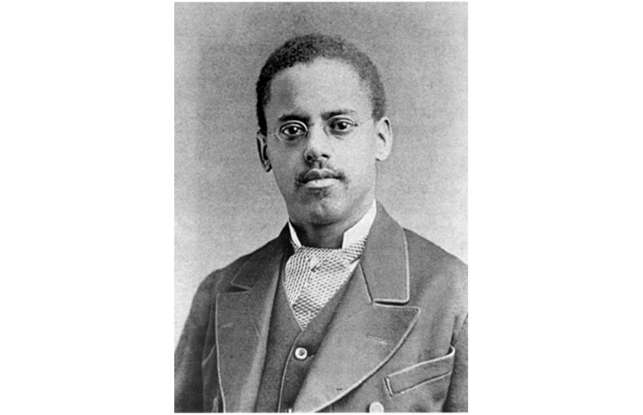
Lewis Latimer: carbon light bulb filament, 1881
While the light bulb itself was invented by Thomas Edison, the carbon filament that allowed bulbs to last longer was created by African-American inventor Lewis Latimer in 1881 working alongside the more celebrated Edison. Prior to his invention, fast-burning materials such as bamboo had been used as a filament. After serving in the military during the Civil War, Latimer worked in a patent attorney office where he taught himself mechanical drawing by copying the draftsmen there. His talent saw him promoted from office assistant to draftsman, and as well as the bulb filament Latimer also invented an early air-conditioning unit and railroad car bathroom.

Sarah Goode: folding bed, 1883
Like Benjamin Montgomery, Sarah Goode was born into slavery. After receiving her freedom following the Civil War, Goode moved from Toledo, Ohio to Chicago and opened a furniture store, where she invented the folding cabinet bed, a precursor to the modern sofa bed, which she went on to patent in 1885, becoming one of the first African-American women to be granted a patent.

Garrett Morgan: gas mask, 1912
Humanity has innovator Garrett Morgan to thank for the gas mask. Nicknamed the ‘Black Edison’, Morgan invented his safety hood in 1912 and patented the gas mask precursor in 1914. The African-American inventor was extremely prolific. During his lifetime, Morgan was granted a plethora of patents for everything from traffic lights to hair straighteners and an improved sewing machine.

Alice Ball: first successful leprosy treatment, 1916
The first successful leprosy treatment was developed in 1916 by African-American chemist Alice Ball, who came up with the pioneering injectable oil treatment at the University of Hawaii. Tragically, Ball died in a lab accident shortly after inventing the treatment. She was just 24 years old. We can only imagine what the gifted chemist would have gone on to achieve if she hadn’t passed away so young.

Dr Charles Drew: blood plasma preservation, 1938
African-American physician Charles Drew is dubbed ‘the father of blood banking’ for very good reason. The first Black person to receive a Doctor of Medical Science degree from Columbia University, Drew created a method of preserving blood plasma in 1938. A game-changing process, it went on to save countless lives during World War II.

Frederick McKinley Jones: mobile refrigeration, 1938
Also in 1938, Black innovator Frederick McKinley Jones invented mobile refrigeration, enabling perishable foods to be transported over long distances. Before Jones’ invention, which consisted of a small compressor unit attached under the truck, salt and ice were used, an unreliable method that often led to spoiling. Jones soon co-founded the Thermo King Corporation, which produced the mobile refrigeration unit. The business went international, and when it was sold in 1997 it was achieving more than $1 billion in annual sales. Mostly self-taught due to his lack of formal education, Jones became the first African-American to be awarded the National Medal of Technology.

Mary Kenner: sanitary belt, 1956
Similarly, Black inventor Mary Kenner was self-taught, which makes her genius all the more impressive. In 1956, the African-American innovator created the world’s first sanitary belt and followed this up with a number of other health- and hygiene-related inventions, including a novel toilet tissue holder and an attachment for a mobility walker.
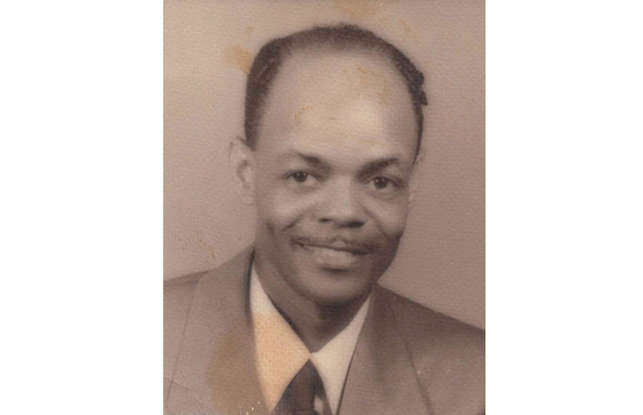
Otis Boykin: wire precision resistor, 1959
Otis Boykin notched up 26 patents during his lifetime, the most important of which were his pacemaker control unit, a development that transformed the control of abnormal heart rhythms, and wire precision resistor. Invented by Boykin in 1959, the technology has been used in computers, TVs, radios, and more.
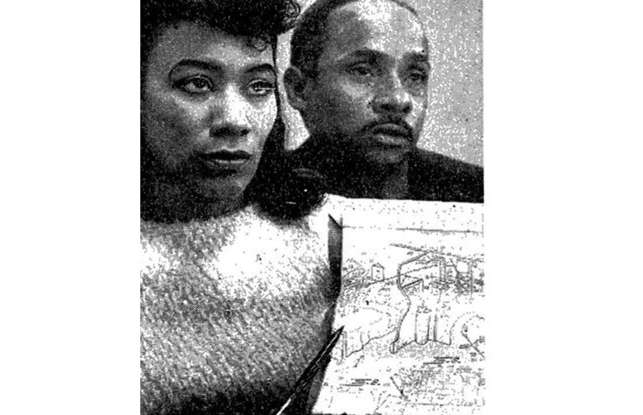
Marie Van Brittan Brown and Albert Brown: CCTV home security system, 1966
Concerned by the high levels of property crime in her New York City neighborhood, Marie Van Brittan Brown, who was working as a nurse at the time, pretty much created the multibillion-dollar home security industry in 1966 when she invented, along with her husband Albert Brown, the world’s first CCTV home security system. The couple were granted a patent in 1969 and went on to win numerous awards for the innovation.
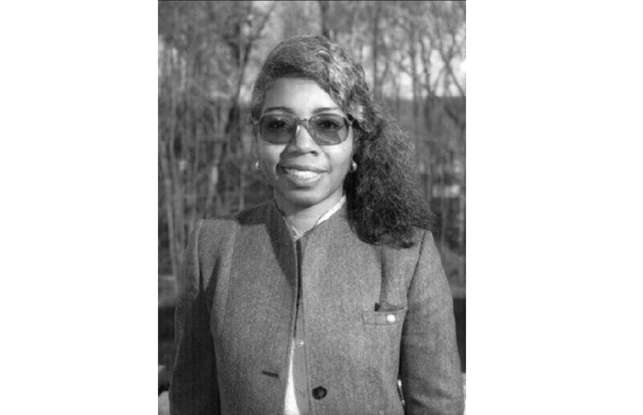
Valerie Thomas: 3D film, 3D TV and medical imaging precursor, 1976
African-American physicist Valerie Thomas developed the 3D-Illusion transmitter in 1977 while working for NASA and patented the trailblazing device a year later. Thomas’ innovation essentially made the invention of a long list of 3D technologies possible, including 3D film, 3D TV and modern medical imaging, and her transmitter is still used by NASA to this day.

Patricia Bath: laser cataract removal device, 1986
Harlem-born ophthalmologist Patricia Bath overcame prejudice to invent a laser cataract removal device called the Laserphaco Probe in 1986, and went on to patent it in 1988. Bath, who passed away in 2019, worked tirelessly to tackle vision loss in the Black community and also co-founded the American Institute for the Prevention of Blindness.

Philip Emeagwali: linked supercomputer system, 1989
An ingenious invention that effectively made the internet and other modern IT technologies possible, the linked supercomputer system is the brainchild of Nigerian-born computer scientist Philip Emeagwali, who in 1989 came up with the idea of linking multiple microprocessors to turbo-charge computing power after observing bees in nature.
